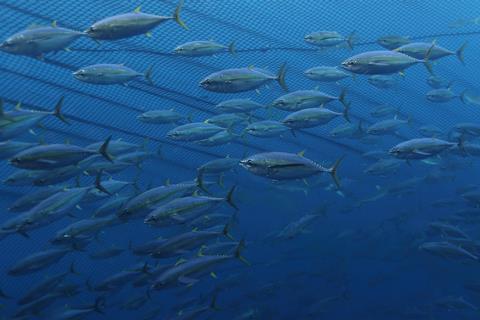
New data from the Marine Stewardship Council has revealed that fisheries certified as sustainable are now responsible for catching more than two million tonnes of tuna per year.
MSC-certified fisheries now make up close to half (47%) of the global wild commercial tuna harvest while more than 430 brands sell certified tuna, up from 126 in 2015.
The data included in the MSC’s updated Sustainable Tuna Handbook showed a “growing momentum” behind sustainable tuna certification and sales.
In the three years to March 2022, MSC-certified tuna fisheries delivered on 38 conditions of certification “helping to further safeguard the oceans and fish stocks”, said the NGO.
It comes as the MSC plans to continue to improve its standard for tuna fisheries in its new MSC Fisheries Standard to be launched in late October.
“The new MSC Fisheries Standard will ensure that certified fisheries remain world leaders in sustainable fishing,” said Rohan Curry, MSC’s chief science and standards officer. “Certified tuna fisheries will now be required to deliver a set of defined milestones aimed at securing agreement between multiple national governments to implement state-of-the-art harvest strategies derived through open and fair negotiations.”
How will fish weather the next storm? Meat, fish, poultry & eggs category report 2022
The improvements of relevance to tuna fisheries include stronger requirements on fish aggregating devices, shark finning, endangered, threatened, and protected species and effective monitoring, control and surveillance.
“These requirements represent a significant increase in expectations of fisheries managed by RFMOs and will create a unified and powerful push towards ensuring vital protections are agreed that ensure sustainable management of tuna stocks in perpetuity,” said Curry.
Already-certified fisheries will be given the opportunity to apply the requirements for harvest strategies early, provided there is majority agreement between fisheries targeting the same stock.
In recognition of the increased expectations, these fisheries will be given five years in which to secure robust harvest strategies which provide the best protection possible for tuna stocks.








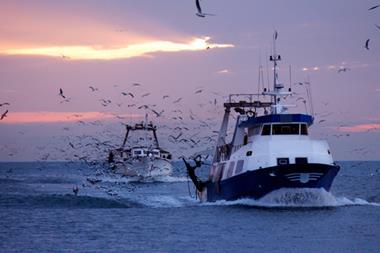
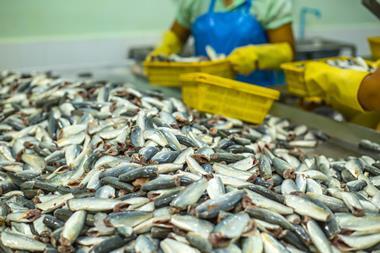
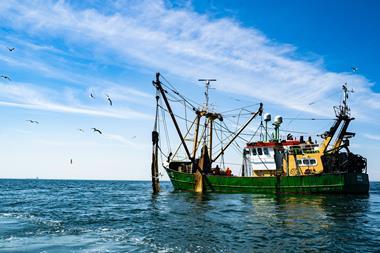
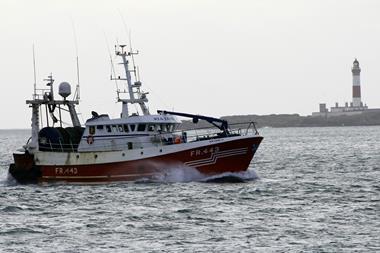







No comments yet